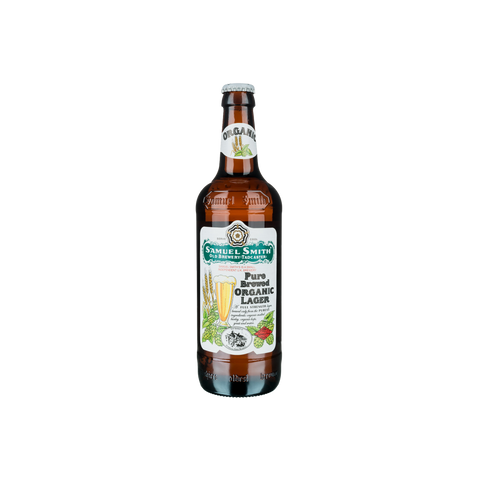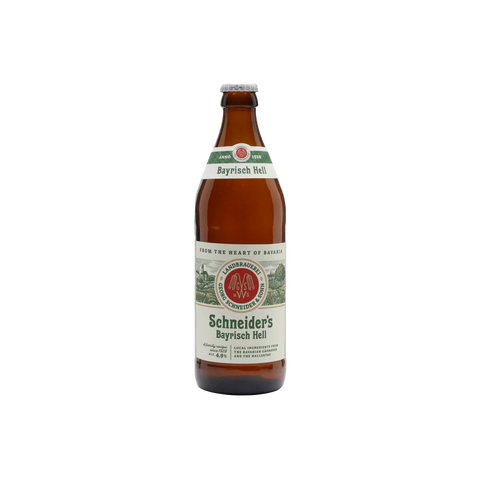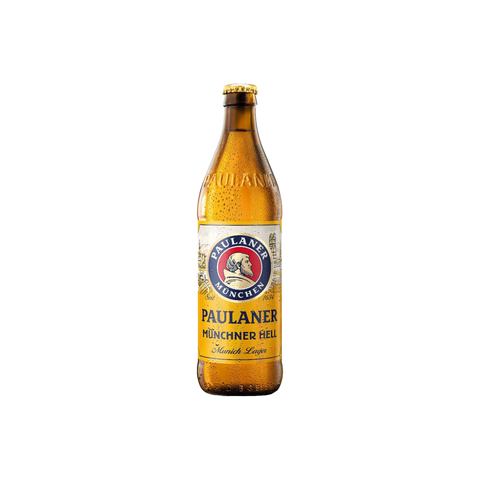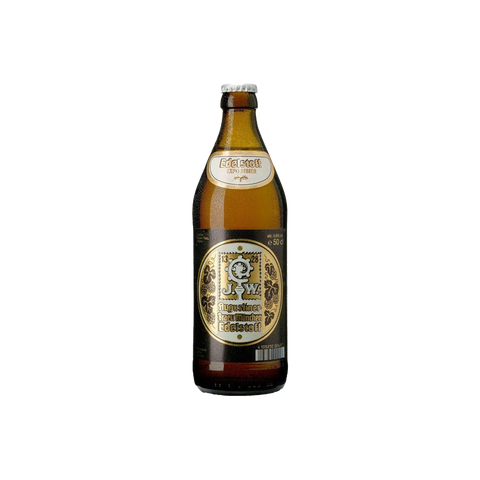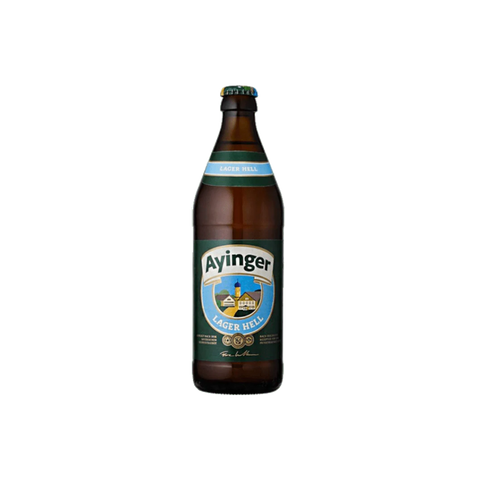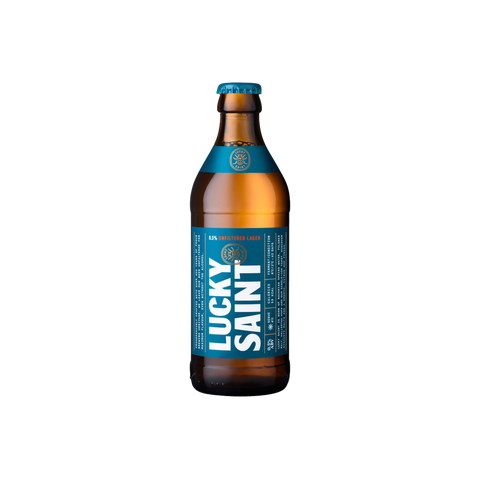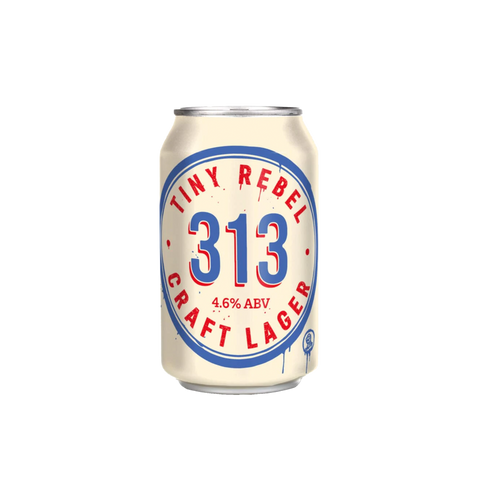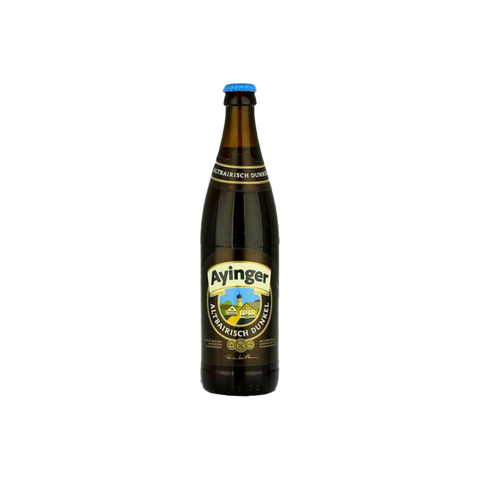Spanning centuries and continents, the history of lager beer is a fascinating journey. A short story about the old good lager beers:
Early brewing practices:
Lager's roots can be traced back to Central Europe, specifically the regions of Bavaria (Germany) and Bohemia (Czech Republic) in the Middle Ages. Brewers in these regions practised a form of bottom fermentation, in which the yeast settles to the bottom of the fermentation vessel during the fermentation process. This was in contrast to the top fermentation used for ales.
Emergence of lagering:
The term "lager" comes from the German word "lagern", meaning "to store" or "to age". The term lagering refers to the process of cold storage or conditioning that is an integral part of the production of lager beer. In the early years, brewers in Bavaria and Czechoslovakia stored their beer in cool caves or cellars for long periods, allowing the beer to age and gain flavour.
Pioneering brewers:
Josef Groll, a Bavarian brewer credited with creating the first pale lager in the city of Pilsen in Bohemia (now part of the Czech Republic) in 1842, is one of the pioneering figures in the history of lager beer. Groll's creation, called Pilsner Urquell, utilised light malt and Saaz hops to produce a crisp, golden lager that was hugely popular and the inspiration for many modern lagers.
Industrialisation and global expansion:
Lager production was revolutionised by the development of refrigeration and modern brewing techniques in the 19th century. Brewers could now control fermentation temperatures more precisely. This resulted in consistently high quality lagers. Lagers became increasingly popular, becoming the dominant beer style in much of Europe and later spreading to other continents through immigration and trade.
Regional variations:
With the spread of lager around the world, different regions developed their own variations and styles of lager. German lagers, for example, include helles, dunkel, bock and märzen, each with its own flavour profile and brewing tradition. Czech lagers such as Pilsner Urquell and Budweiser Budvar remain famous for their crisp, hoppy character.
Modern trends:
In recent decades, craft brewers have embraced lager brewing. They are experimenting with innovative ingredients, techniques and flavour profiles. Craft lagers have gained popularity with beer lovers seeking diverse and flavourful options within the lager category, including IPLs (India Pale Lagers), barrel-aged lagers and speciality lagers.
All in all, the history of lagers reflects centuries of brewing heritage, technological advances and cultural influences, shaping one of the most popular beer types in the world.

